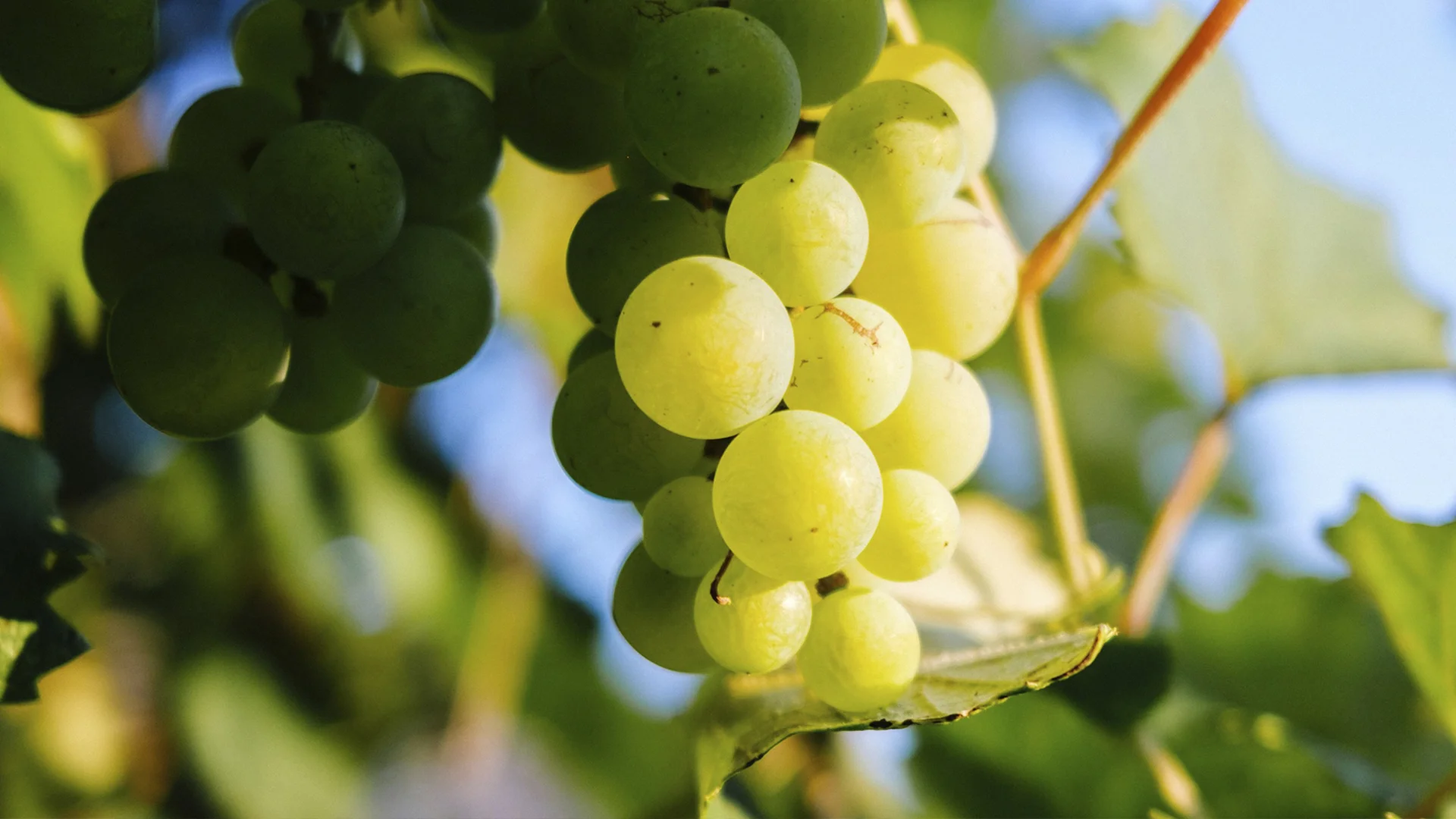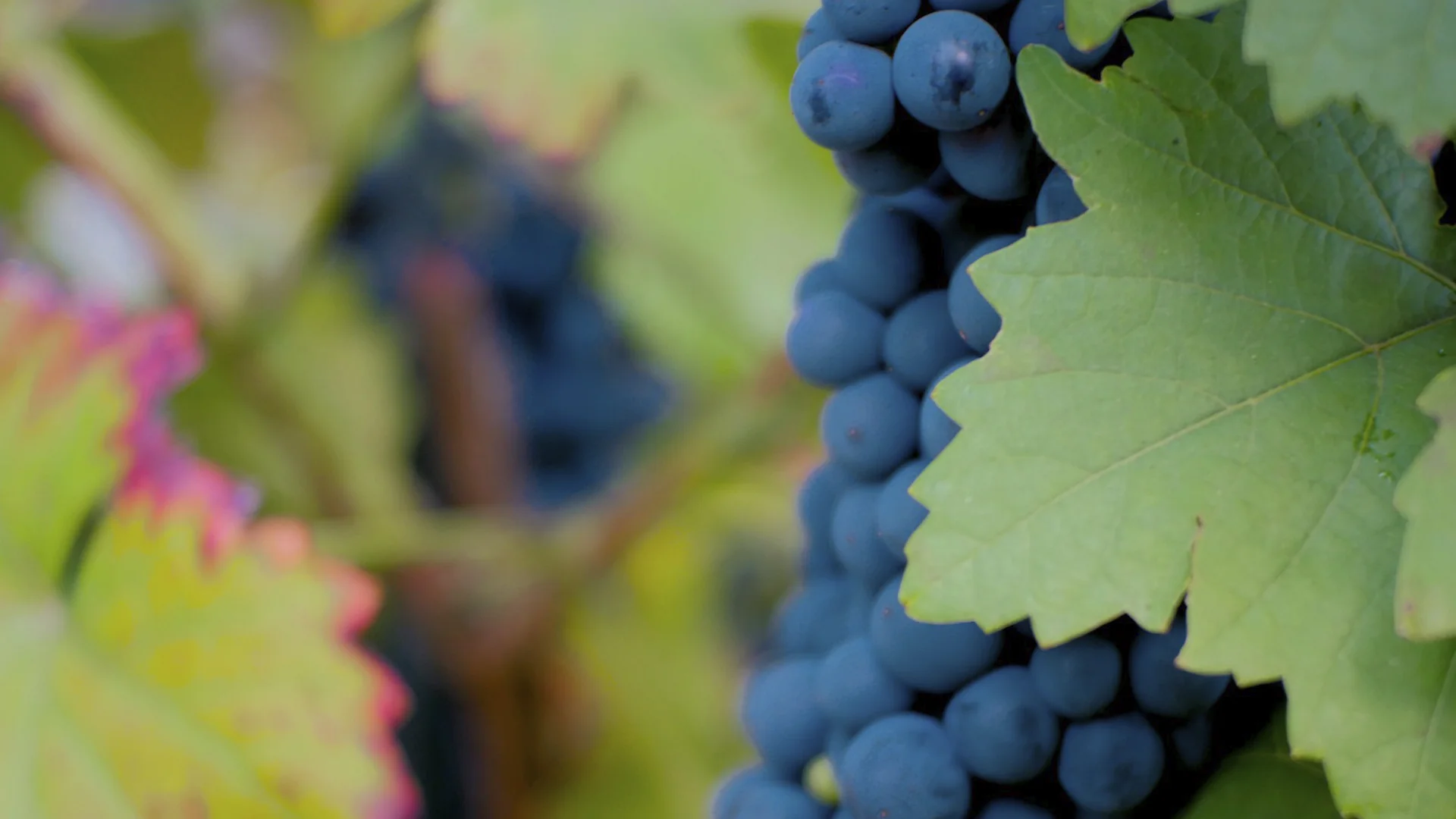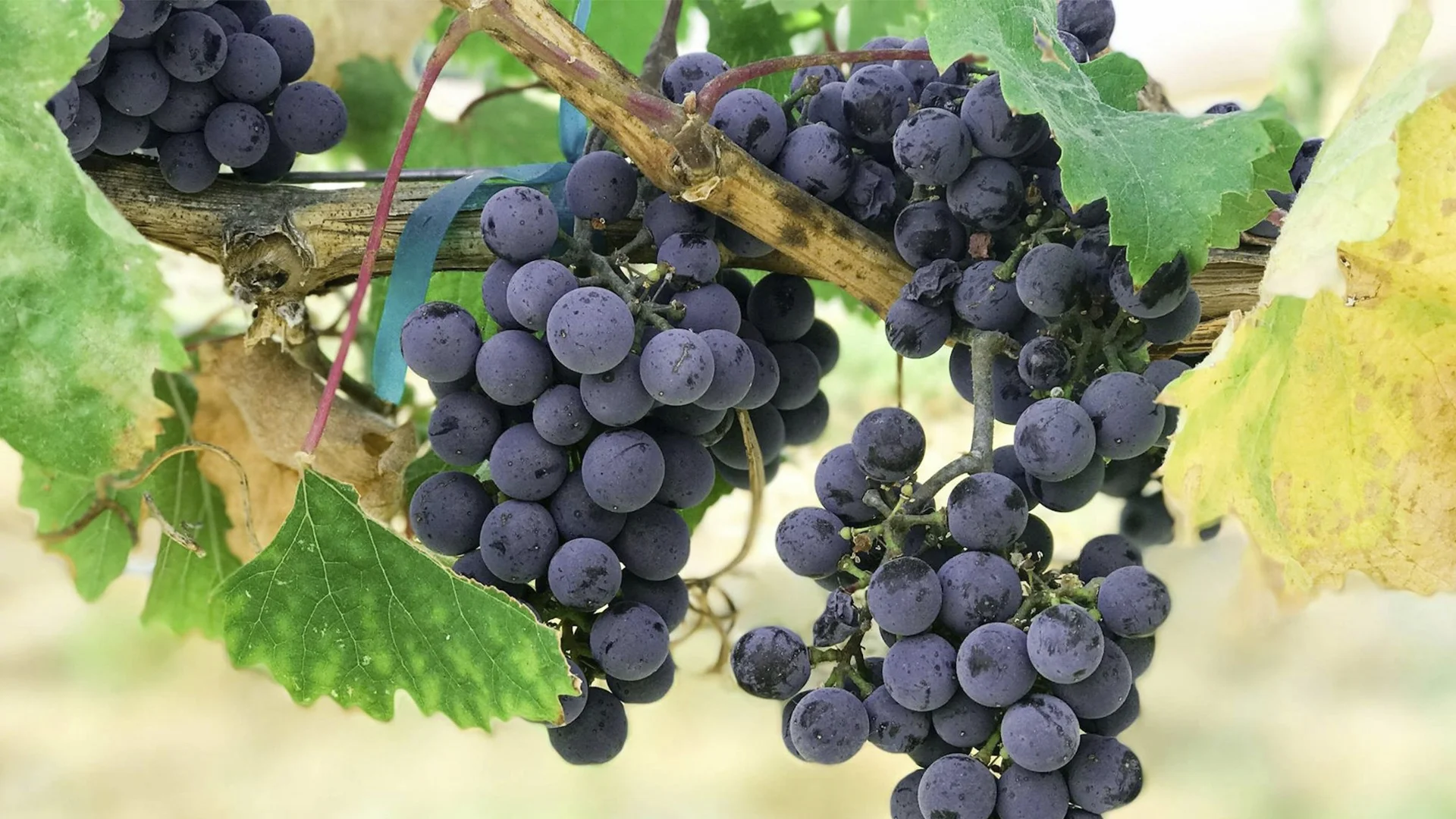.webp)
Zinfandel, a grape varietal with a storied history and dynamic presence in the wine industry, stands out as a captivating subject for both wine enthusiasts and newcomers alike. Originating from Croatia and flourishing in California, Zinfandel has become synonymous with robust red wines and the ever-popular White Zinfandel. This grape’s remarkable adaptability and versatility are showcased in its ability to thrive across diverse terroirs, from the sun-drenched vineyards of Napa Valley to the cooler climates of Italy, where it is known as Primitivo. Zinfandel advocates play a crucial role in promoting this grape, organizing events like ZAP's yearly Zinfandel celebrations that highlight its historical significance and versatility.
This article delves into the many facets of Zinfandel, from its genetic lineage and historical journey to its ideal growing conditions and the sustainable practices shaping its future. Discover how Zinfandel’s unique traits and rich flavours, ranging from juicy berry notes to spicy undertones, have cemented its status as a beloved varietal in the global wine scene.
Zinfandel grapes, a black-skinned variety famous for its robust, full-bodied red wines, are mainly cultivated in California, where they occupy a substantial part of the vineyards and flourish in the sunny, warm climate. Notable regions for Zinfandel cultivation include San Joaquin County and Dry Creek Valley.
The most recognizable characteristics of Zinfandel grapes are their thin skins and small size, which contribute to a lower skin-to-juice ratio and potentially higher tannin levels in the wine.
The taste of Zinfandel wines can vary depending on the ripeness of the grapes at the time of harvest. In cooler areas, the grapes tend to produce wines with predominant notes of juicy red berries like strawberry or raspberry in the nose, enriched by jammy fruit flavours such as blueberries, blackberries, raspberries, and plum, backed by distinct black pepper spice, tobacco, vanilla and coffee notes. At the same time, the aromas shift towards richer black fruits in warmer regions. The underlying notes often include rich baking spices and a peppery quality. On the other hand, in the mouth, Zinfandel typically shows a lush and mouth-filling texture, with flavours of black fruits and spices, medium to high tannins, and a pleasant acidity that makes this wine refreshing.
These aspects highlight Zinfandel's unique position in the wine world. It is beloved for its deep, flavorful reds and refreshing rosé iterations.
Believed to have originated from Croatia's Dalmatian coast, this grape made its way to the United States in the early 19th century. By 1829, Zinfandel was widely planted in the northeastern U.S., and by the 1830s, it was recommended as a table grape. The California Gold Rush of the 1850s saw Zinfandel travel to the West Coast, where it quickly became popular for wine production because of its robustness and versatility.
Zinfandel's journey continued through the decades, enduring the challenges of Prohibition and the Great Depression, which saw many vines destroyed. However, it was not until the 1970s that Zinfandel gained more relevance, thanks to the accidental creation of White Zinfandel by Sutter Home Winery. This lighter colour, sweeter, rosé-style wine became immensely popular and helped revive interest in the Zinfandel grape varietal.
Further scientific studies in the late 20th and early 21st centuries finally confirmed Zinfandel's Croatian origins, linking it genetically to Italy's Primitivo grapes and Croatia's Crljenak Kaštelanski. This discovery not only clarified the grape's lineage but also sparked a renewed interest and pride in Zinfandel as a historical and versatile grape.
Zinfandel grapes thrive in specific viticultural conditions that significantly influence their growth and the quality of the wine produced. Ideal conditions for Zinfandel include a range of temperatures and specific soil types, alongside considerations for altitude and annual rainfall.

These factors ensure that Zinfandel grapes develop their best characteristics, contributing to the robust, fruit-forward wines that Zinfandel is known for.
Zinfandel grapes are typically harvested in late September or early October, with the exact timing depending on the specific region and climate. Known for their high sugar content, these grapes can be fermented into wines with alcohol levels exceeding 15 percent, making them a popular choice for winemakers aiming to produce full-bodied wines.
In terms of viticulture, Zinfandel grapes are relatively easy to grow and can thrive in a variety of conditions. However, they do require a warm and dry climate to produce high-quality fruit. The grape’s thin skin makes it susceptible to disease and pests, so careful management is necessary to ensure a healthy crop. This includes vigilant monitoring and timely interventions to protect the vines from potential threats.
Winemaking techniques for Zinfandel can vary depending on the desired style. Some winemakers may choose to use oak aging to add complexity and depth to the wine, imparting flavours of vanilla, spice, and toast. Others may prefer a more minimalist approach to preserve the grape’s natural flavours, allowing the fruit’s inherent characteristics to shine. Additionally, blending Zinfandel with other varieties, such as Petite Sirah or Cabernet Sauvignon, can enhance the wine’s structure and flavour profile, adding layers of complexity and depth.
Zinfandel wine is celebrated for its bold and full-bodied style, offering a rich and fruity flavour profile that captivates the palate. The wine’s characteristics can vary depending on the specific region and winemaking techniques used, but common descriptors include:
In terms of its relationship to other grape varieties, Zinfandel is genetically equivalent to the Croatian grapes Crljenak Kaštelanski and Pribidrag, as well as the Primitivo variety traditionally grown in Apulia, Italy. This genetic link underscores the grape’s rich heritage and its adaptability across different wine regions.
Zinfandel’s high acidity, moderate to high tannins, and bold flavour profile make it a versatile wine that can pair well with a variety of foods. Some popular pairing options include:
In terms of its regional expressions, Zinfandel’s adaptability to different terroirs and climates makes it a great choice for exploring the unique characteristics of different wine regions. For example, Zinfandel from Lodi, California, is known for its bold and full-bodied style, while Zinfandel from the Dry Creek Valley is often described as bright and fruity.
Overall, Zinfandel’s unique combination of characteristics makes it a great choice for wine enthusiasts looking to explore the world of red wine. Whether you’re a seasoned wine geek or just starting out, Zinfandel is definitely worth trying.
Zinfandel grapes flourish in various regions across the globe, each offering unique conditions that influence the characteristics of the wine produced.

Each of these regions’ terroirs, coupled with other emerging appellations like Lake Country, plays a key role in shaping the unique characteristics of Zinfandel wines. These influences can vary even within regions, adding to the complexity of Zinfandel as a single varietal. Additionally, Zinfandel is known by various grape varieties around the world, such as Tribidrag in Croatia and Primitivo in Italy, highlighting its global presence and adaptability in regions like California, Croatia, and Italy.
Vineyards are increasingly adopting sustainable practices in Zinfandel grape cultivation, particularly in California, to enhance environmental health and wine quality. These practices include efficient water management and energy use.
In water-scarce areas like Napa Valley, dry farming relies on natural rainfall instead of irrigation. This method encourages deeper root growth, making vines more drought-resistant and potentially enhancing grape flavours.
The Lodi Rules for Sustainable Winegrowing provide a framework for over 100 sustainable practices, focusing on water and pest management, as well as ecosystem health. This certification supports environmental, community, and economic benefits.
Resource and energy efficiency are prioritized, with vineyards maintaining soil health, using natural pest control, and minimizing energy use. Ridge Vineyards in Sonoma County exemplifies these sustainable commitments, producing high-quality wines without harming the environment.
By integrating these sustainable practices, vineyards not only protect the environment but also enhance the quality of Zinfandel grapes, contributing to the production of distinctive, eco-friendly wines.
Zinfandel wines are celebrated for their rich, robust flavours and distinctive profiles, reflecting the diversity of the regions where they are cultivated. Unlike Cabernet Sauvignon, Zinfandel wines are renowned for their jammy fruit flavours and spicy wine profiles, making them unique in the wine world. Zinfandel is known to produce bold, spicy wines with notable fruit flavours such as fig, raspberry, cassis, raisin, black cherry,, plum, and cranberry jam, along with earth and spice notes including underbrush, red clay minerals, dry herbs, smoke, black pepper, cacao, cinnamon, oak, tobacco, mushroom, and tumbleweed. Here are some of the most famous Zinfandel wine brands that have made a significant impact on the wine world:
The popularity of Zinfandel, including White Zinfandel, is reflected in wine sales, with White Zinfandel alone accounting for a significant portion of U.S. wine sales by volume. This popularity underscores the unique appeal of Zinfandel wines, from their jammy fruit flavours to their spicy profile.
The Zinfandel grape has a storied history, evolving from its European roots to becoming a key player in the American wine industry. While it thrives mainly in California, It is also cultivated in other regions, like Italy, showcasing its adaptability to different terroirs and climates.
Zinfandel's versatility is evident in the wide variety of wines it produces, from bold, spicy reds to the lighter, fruitier White Zinfandel. This adaptability allows each bottle to reflect its vineyard's unique terroir, making it a favourite among wine enthusiasts.
Beyond its diverse expressions, Zinfandel's old vines represent a rich winemaking heritage. As the wine industry progresses, Zinfandel continues to blend tradition with innovation, maintaining its status as a beloved choice for both winemakers and wine lovers.





























































































.webp)

.webp)





Are you interested in
collaborating with us?